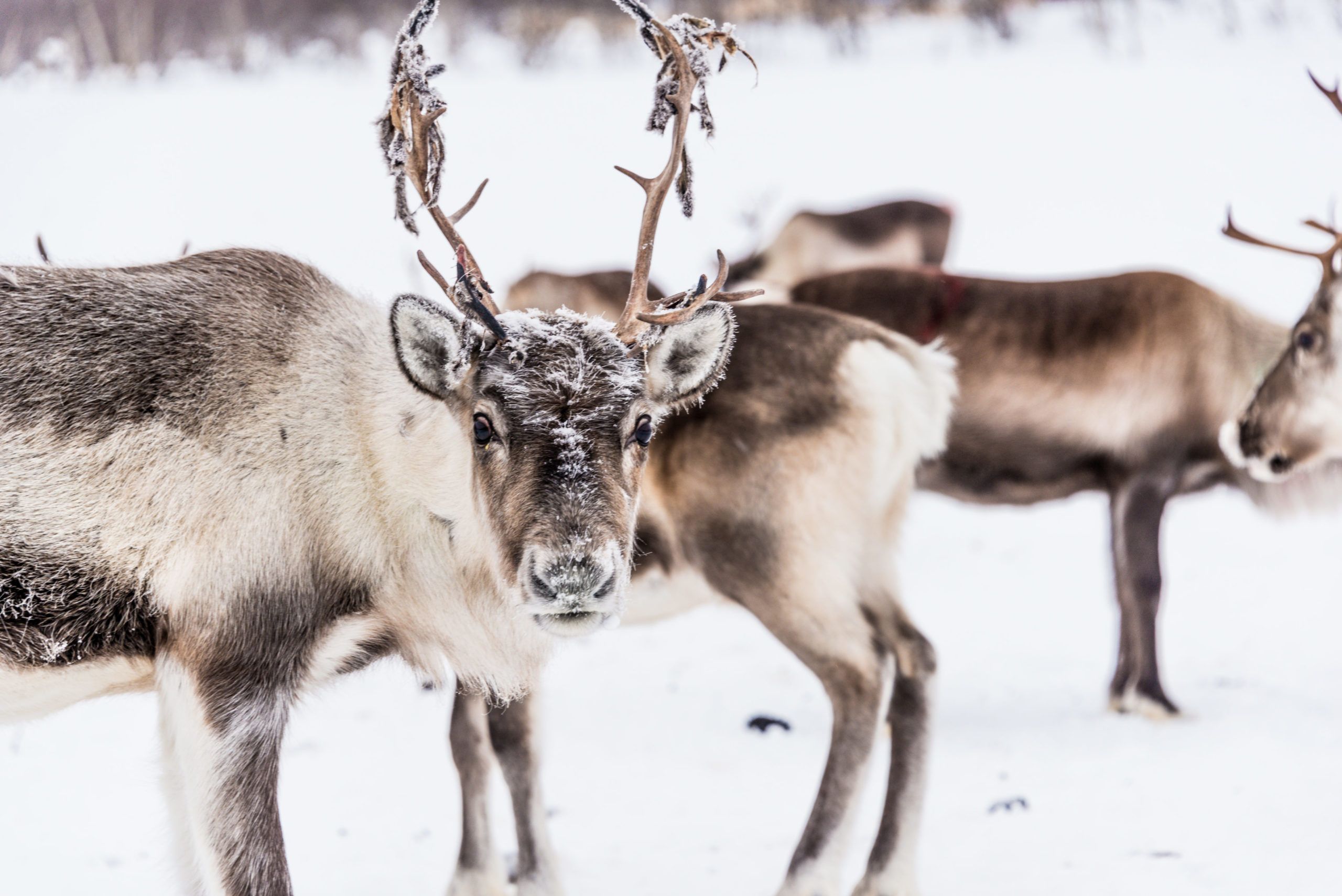Livestock farmers in cold climates all over the globe would really appreciate a particular gift this holiday season: for everyone in the world to start eating reindeer meat.
Finland, Russia, Norway, Alaska, and Canada all have domesticated reindeer populations, but Christmas-related PR problems have hampered their progress in bringing the meat into the mainstream with its cousin venison — though reindeer meat can be found on the fine restaurant menus of Oslo and Helsinki.
The Alaska Department of Fish and Game has gone so far as to create a separate species name for Santa’s reindeer to differentiate the flying variety from the rest (Saintnicolas Magicalus … yes really).
Reindeer meat is extremely lean with a favorable fatty acid profile. Nutritionists praise it for its high vitamin and low fat content, much of which is healthy fats. In fact, reindeer meat is often compared to fish in terms of nutrition.
Economically, a roaring trade in reindeer meat could be great for rural economies. Marketplace reported last week that one remote village in Alaska used grant funding to start a herd of reindeer to provide affordable food in an area where a gallon of milk cost more than $20.
But reindeer populations are on the decline and it has nothing to do with Christmas festivals or sleigh rides. Climate change (reindeer can’t thrive in warmer temperatures), land development and loss of territory, and predators (bears, wolverines, lynx) are all hitting both wild and domesticated populations hard. In Canada, some reports put the drop at as much as 80% in the last decade.
No frequent reader of AgFunderNews should be surprised then, that there is an app and a sensor out there to help herders protect their animals.
A consortium of technologies brought together by the Finnish Reindeer Herders’ Association, has created a sensor, worn by female reindeer, that can alert the herder to distress through an app. Finland has approximately 300,000 domesticated reindeer, which bring in around $25 million per year in meat, fur, and antler products.
The app is the work of Actility, an international IoT company with products for other livestock as well, along with soil, weather, and air pollution sensors. Finnish communications firm Digita worked on a LoRaWAN network to improve connectivity in remote forests and Finnish startup Mapitare provides the mapping and visualization software.
Matti Sarkela, head of the Finnish Reindeer Herders’ Association, told the BBC the technology still has a way to go.
“We have high expectations of the internet of things… We need a sensor that lasts for a year, at a low cost, and with improved location technology – it can be hard to get good GPS signals in the high Arctic. We’re working now on finding the best technology mix and getting the best sensor,” said Sarkela.
Are you ready to start a new tradition and eat reindeer meat on Christmas Day? Whether the answer is yes or no, at least with these new wearables, we’ll be able to prove once and for all if they really can fly.




